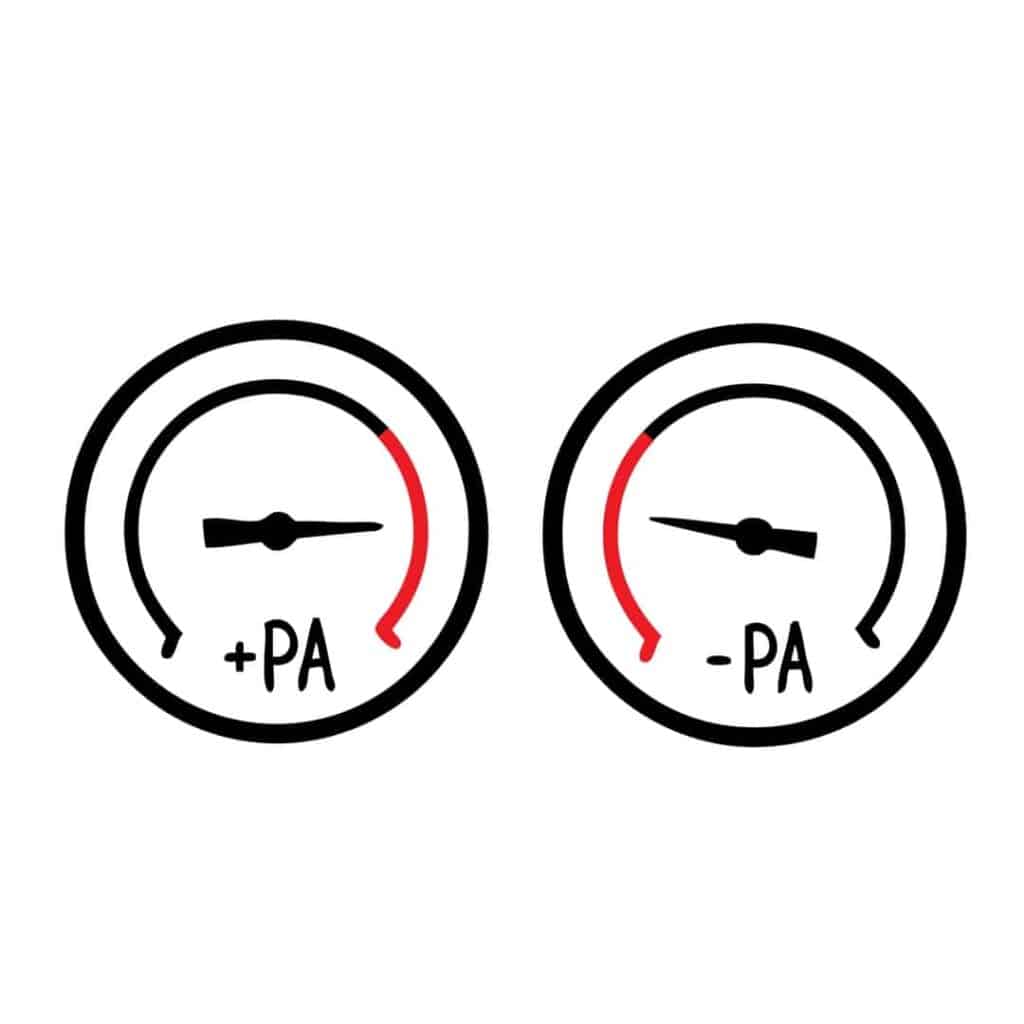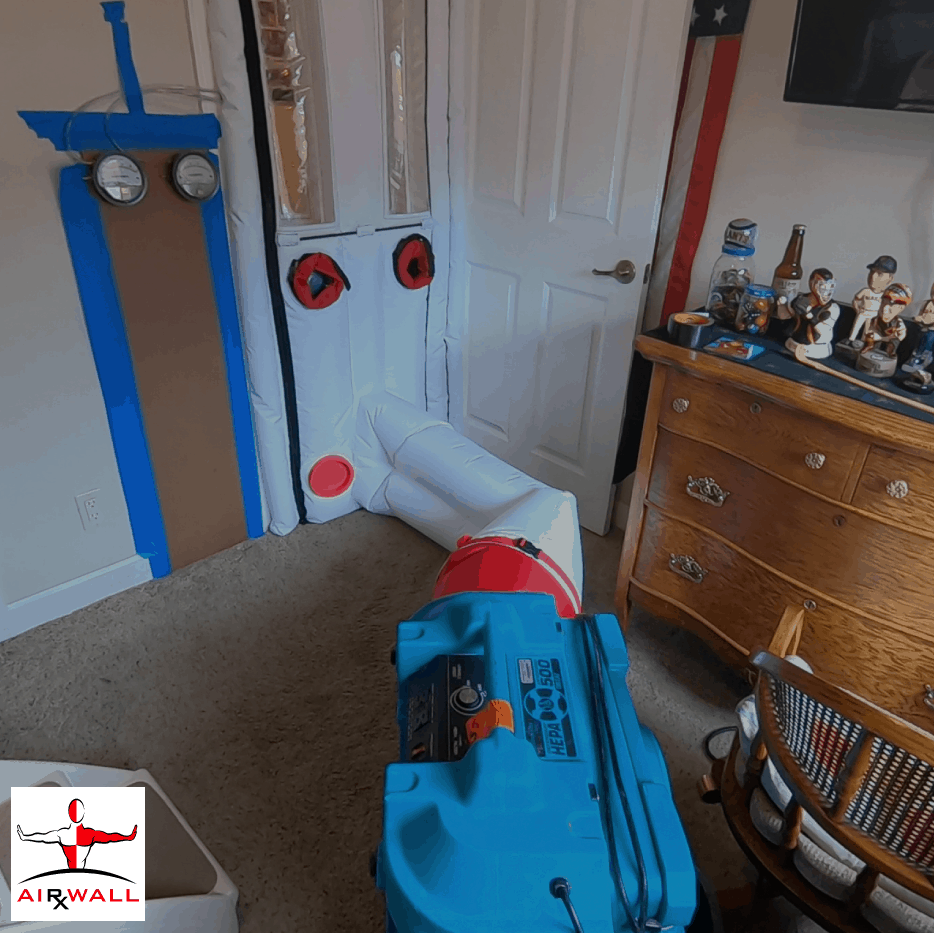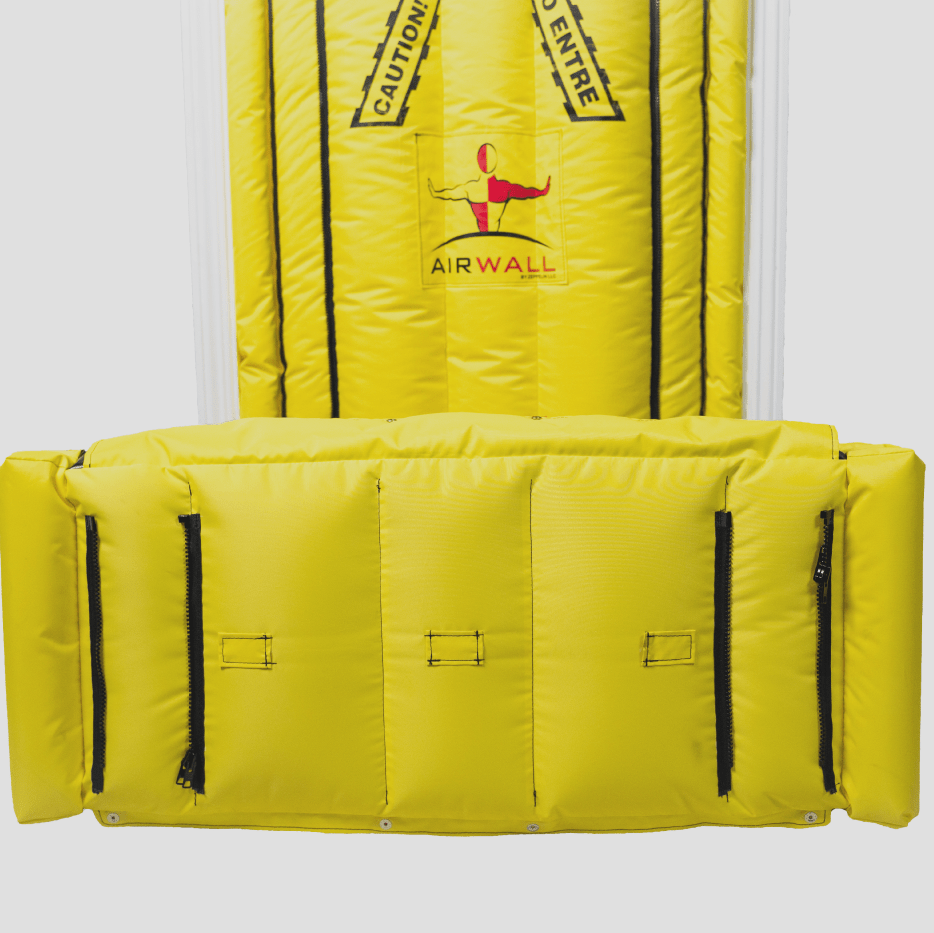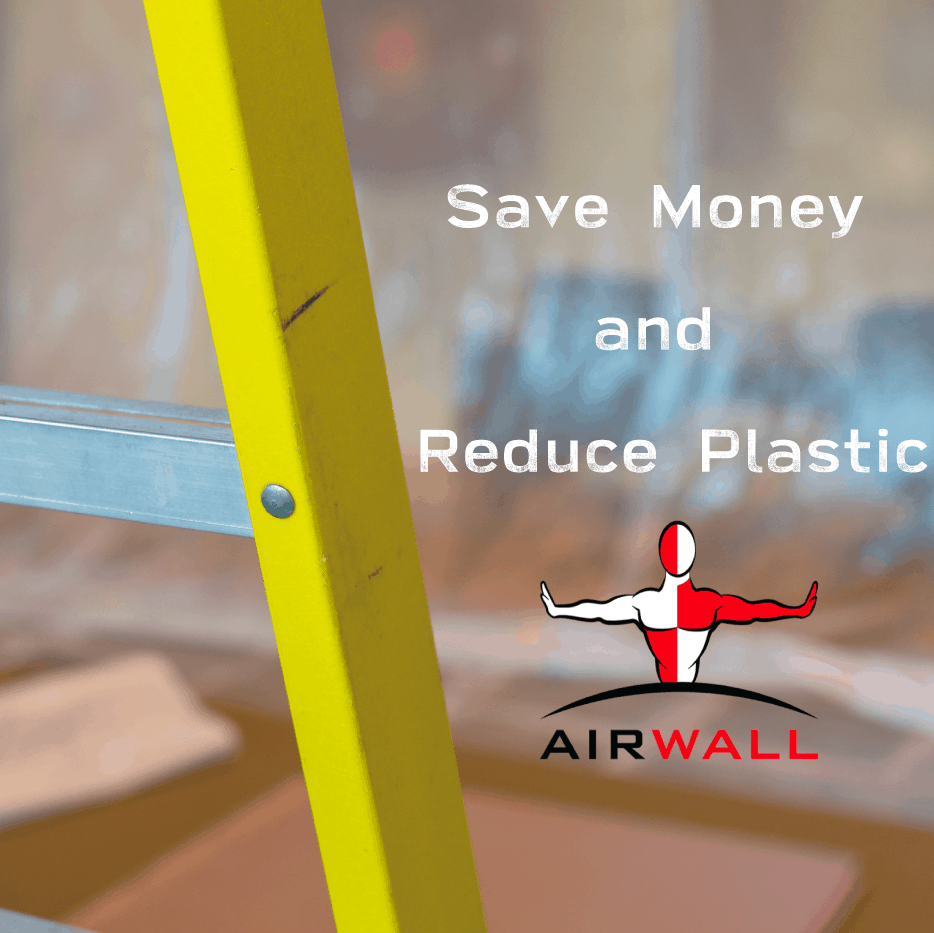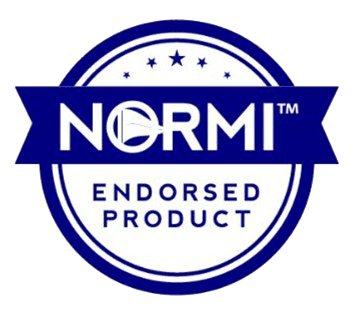The best way to avoid spreading disease is by preventing contact between infected and uninfected persons. Disease containment is never easy, as people are rarely isolated from each other in normal situations. In a hospital setting, where staff, visitors and other patients are together in an enclosed building, infection can spread easily through: Direct contact […]
How Does Negative Air Pressure Help Prevent The Spread Of Infection? Read More »

